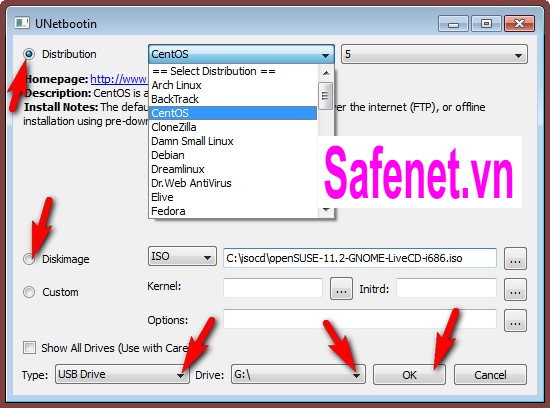

(Actually, the Mac firmware thinks it is booting OS X.)Īn explanation of how it implement any of these three method is beyond the scope of the original question. Third, since Ubuntu installs a Grub that can recognize hfs+ formatted partitions, you can configure Ubuntu to boot the same way OS X boots. Note: New Skype on Mac requires: Mac OS X 10.10 or higher. Second, you can install and configure rEFInd. Hello DianeGleason, Please be advised that for Skype to work on Mac, your operating system should be 10.9 or higher. Here are a few: First, you can move the files in the EFI partition get the Mac firmware to recognize Ubuntu. The main advantage of using UNetbootin is that you do not need a CD for some distributions, since you are able to download them from the Internet (as Wubi does with Ubuntu) and install. The problem here is that EFI Ubuntu installs do not set up the software to boot on Mac's. UNetbootin is an application for Windows, Mac and Linux that lets you install almost any Linux distribution on a removable USB device or other disk partition. Addresses an issue that prevents certain applications signed with a Developer ID from launching.

In these cases, booting Windows in BIOS mode and Ubuntu in EFI mode would be a better option. Tuxera Omni Recover 2.9.6 Pacifist 3.6.2 Paragon NTFS 15.5.106 Tenorshare Ultdata 9.5 Textastic 5.0 TINU Unetbootin Boot Creator Wondershare Recoverit 9. The OS X 10.7.5 Supplemental Update is recommended for all users running OS X Lion v10.7.5 and includes the following fixes: Resolves an issue that may cause Time Machine backups to take a very long time to complete. If Windows should be installed in BIOS mode, then the user has to figure out how to get Grub to boot both Ubuntu and Windows. Problems occur when users what to triple boot of OS X, Ubuntu and Windows. I have read may cases where users are happy with BIOS installs of Ubuntu. Fortunately, if you create the USB media using UNetbootin, the resulting flash drive verifies.Įvidently, you can also use UNetbootin to create a Live USB version of Ubuntu that has *persistence, but I have never pursued that option.(Persistence allows you to keep your preferences and data even after a reboot.) The boots and installs seem to work OK, but the fact the USB flash drives do not verify bothers me. If found the DVD's verify, but the USB's, created using Ubuntu's instructions, do not.

My (20-inch, mid 2007) iMac7,1 can boot Live and/or install current versions of Ubuntu using either a DVD or USB.īoth DVD and USB once booted, have software to verify the media. If you have a optical (DVD) drive you can boot this way, but the USB flash drive method also works even when Windows USB installer will not. I have found the EFI boots work with 64 bit Macs as early as the 2007 models. The regular iso's that do not end in "+mac" are for users who wish to do an EFI boot. This includes users whose machines are not Mac's. The iso's ending in "+mac" is for users who wish to do a BIOS boot. You should be using " trusty-desktop-amd64.iso". If you enlarge the image, you can read that the source is the file "trusty-desktop-amd64+mac.iso". Below is a copy of an image from the link you gave in your question. Rufus download for Windows, Mac is faster than all the similar software such as Windows 7 USB download tool, Universal USB Installer or UNetbootin which use.


 0 kommentar(er)
0 kommentar(er)
